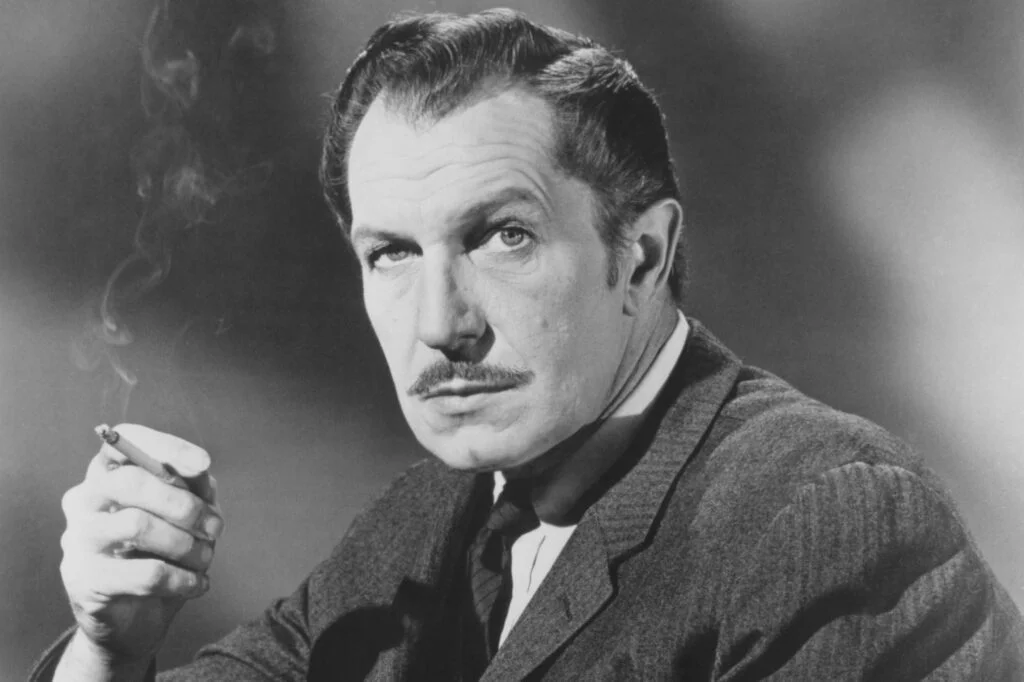Remember when movies could genuinely give you nightmares? Back in the day, certain actors had such a gift for portraying evil that audiences couldn’t separate the performer from the character. These talented individuals became so convincing as villains that people would cross the street to avoid them, whisper when they saw them at restaurants, or feel genuinely uncomfortable in their presence. It’s a testament to their incredible acting abilities, but it also came with a real social cost that many of us never considered.
1. Anthony Hopkins as Hannibal Lecter
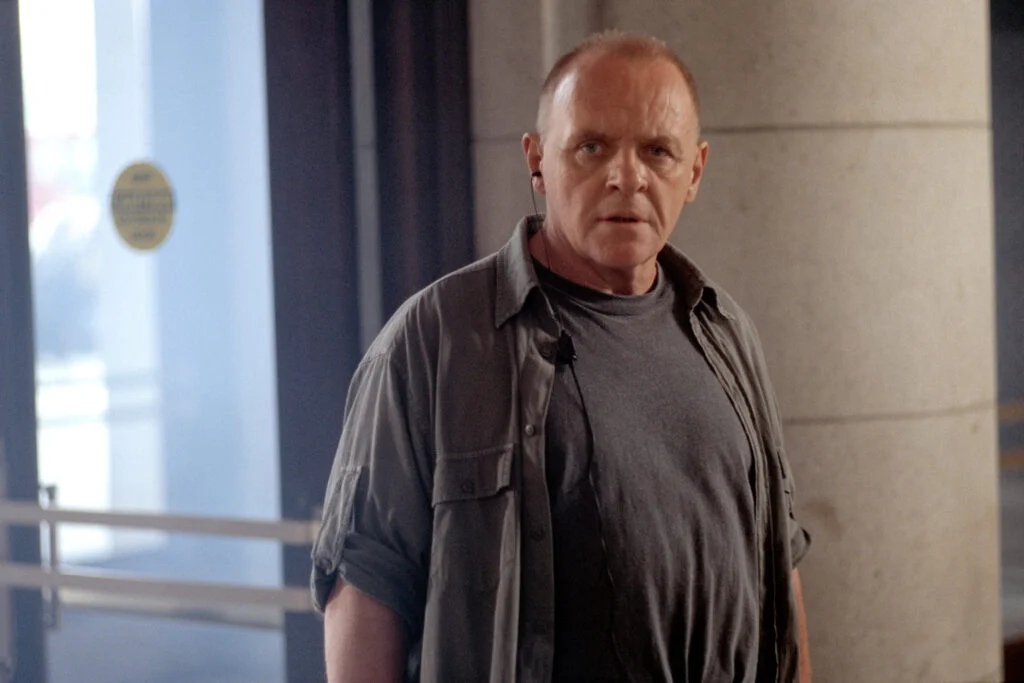
When “The Silence of the Lambs” hit theaters in 1991, Anthony Hopkins created one of cinema’s most chilling villains in just 16 minutes of screen time. His portrayal of the brilliant, cannibalistic psychiatrist was so unnervingly calm and intelligent that it made audiences question every mild-mannered intellectual they encountered. Hopkins delivered his lines with such calculated precision that even seasoned actors on set admitted feeling genuinely disturbed during filming. According to Comic Book Resources, Hopkins looked to some surprising sources of inspiration for performing the role.
The Welsh actor’s performance was so convincing that people began viewing him with suspicion in real life, despite his reputation as a gentle, thoughtful man. Restaurant staff would nervously joke about what he might order, and fans often seemed hesitant to approach him for autographs. Hopkins himself noted that the role followed him everywhere, with people treating him as if he might actually possess some of Lecter’s more unsettling qualities.
2. Jack Nicholson in “The Shining”
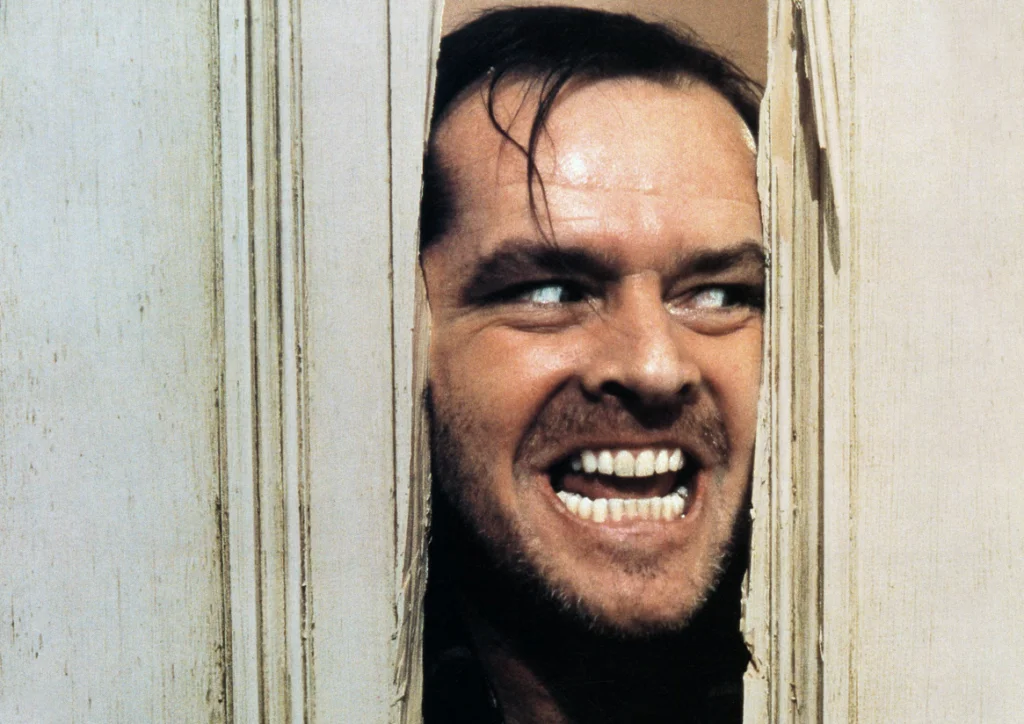
Jack Nicholson’s descent into madness as Jack Torrance in Stanley Kubrick’s “The Shining” created one of horror’s most iconic performances. His wild-eyed delivery of “Here’s Johnny!” and the ax-wielding chase scenes were so intense that they seemed to reveal something genuinely unhinged about the actor himself. Nicholson’s natural intensity and that famous eyebrow-raised expression made his portrayal feel uncomfortably authentic. There’s more to uncover, and Mental Floss flips the script to write out several fun facts about this iconic eerie film.
Even before “The Shining,” Nicholson had a reputation for playing intense characters, but this role amplified public perception of him as potentially dangerous. People who met him at Hollywood parties would later admit they felt on edge, wondering if his famous smile might suddenly turn sinister. The actor embraced this reputation to some degree, but friends revealed that the constant association with madness sometimes wore on him personally.
3. Vincent Price in Horror Films
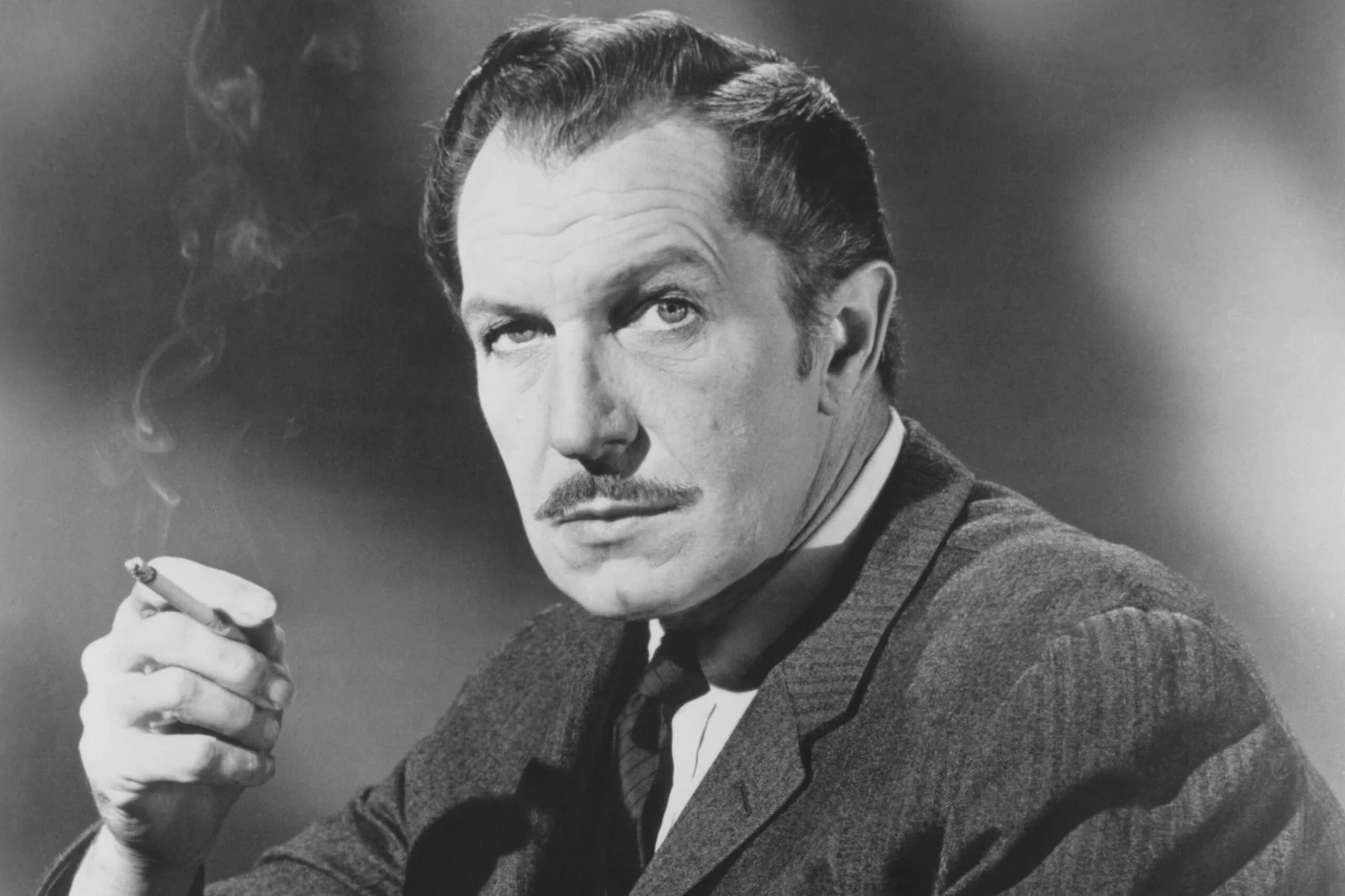
Vincent Price cultivated such a perfect persona as a sophisticated villain that his very presence could make people feel unsettled, even in the most mundane circumstances. His distinctive voice, elegant bearing, and theatrical delivery made him the perfect embodiment of cultured evil. Price appeared in so many horror films that audiences began to associate his mere appearance with impending doom and supernatural terror. YaleNews explores another layer to Price’s work, that of an advocate for the arts.
Despite being known as one of Hollywood’s most cultured and charming gentlemen, Price found that his reputation as a horror star affected how people interacted with him socially. Dinner party guests would sometimes seem nervous when he spoke, as if expecting his conversation to take a dark turn toward murder or the supernatural. Price embraced this reputation with good humor, but friends noted that he sometimes wished people could see past the villainous persona to appreciate his genuine warmth and intelligence.
4. Dennis Hopper in “Blue Velvet”
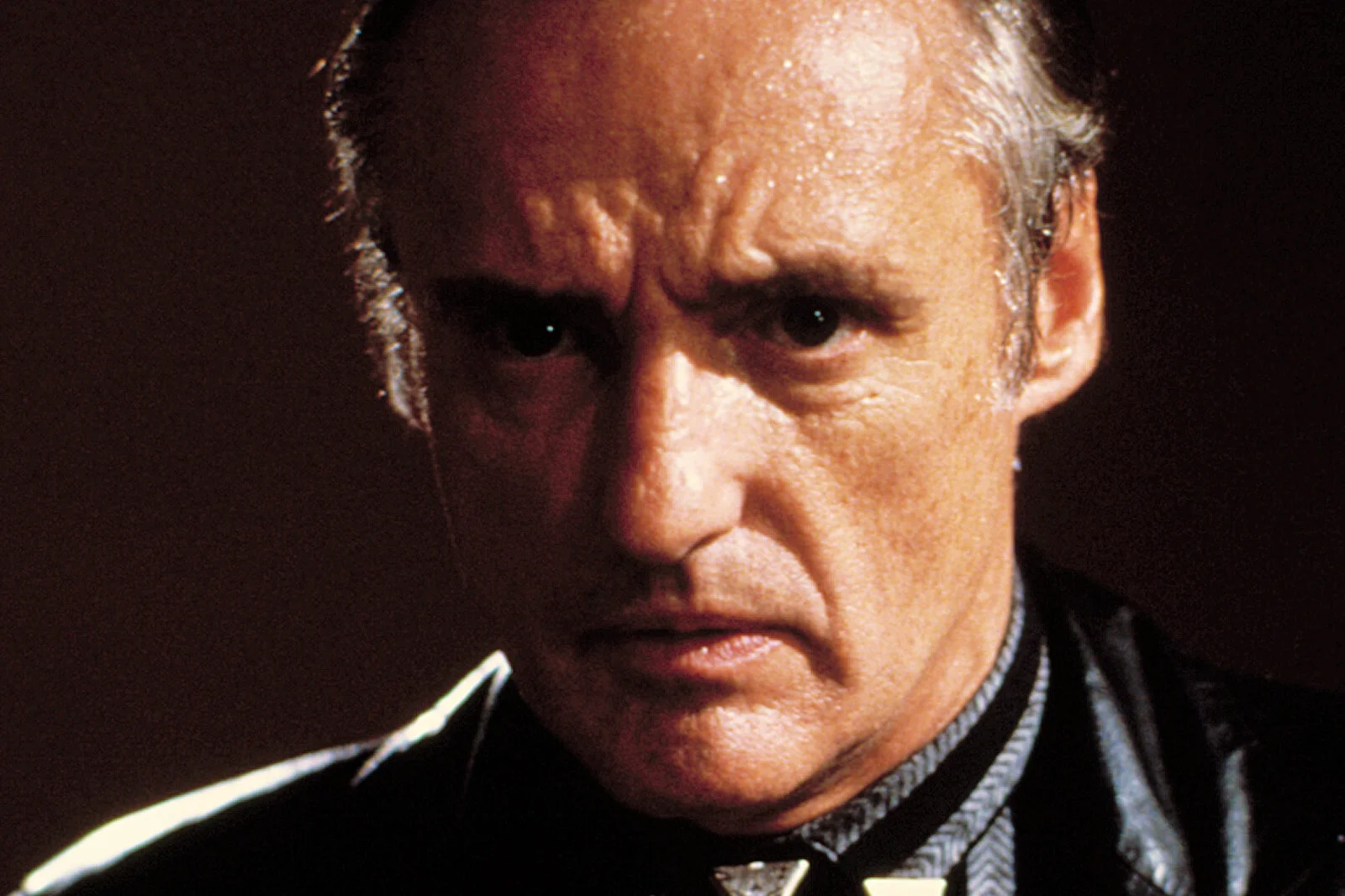
Dennis Hopper’s unhinged performance as Frank Booth in David Lynch’s “Blue Velvet” was so disturbing that it redefined how audiences saw the former counterculture icon. His character’s violent unpredictability and bizarre obsessions were portrayed with such raw intensity that viewers genuinely believed Hopper might be channeling something real and dangerous. The role marked a dramatic departure from his earlier work and showcased a darker side that many found genuinely frightening.
After “Blue Velvet,” people who had previously seen Hopper as the free-spirited biker from “Easy Rider” began viewing him as potentially volatile and threatening. His well-documented struggles with substance abuse only added to the public’s uncertainty about where the character ended and the real person began. Industry colleagues noted that Hopper’s reputation became so associated with instability that it affected his ability to get certain types of roles.
5. Piper Laurie in “Carrie”
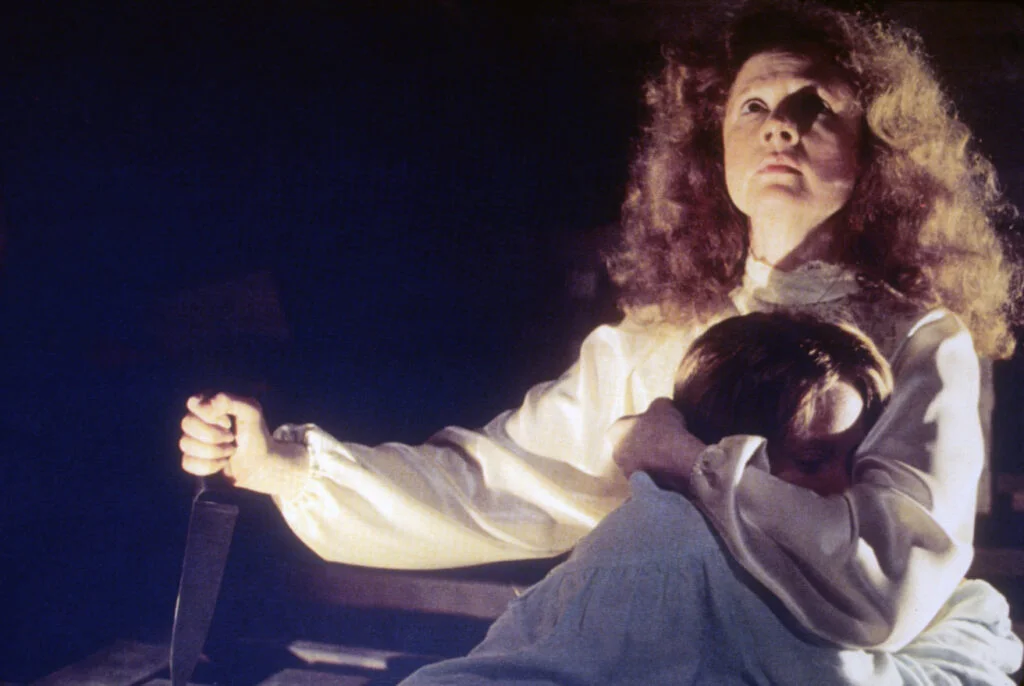
Piper Laurie’s portrayal of Margaret White, Carrie’s fanatically religious mother, was so chillingly believable that it made audiences uncomfortable with overly pious behavior in real life. Her ability to convey both maternal love and dangerous religious extremism created a character that felt authentically terrifying. Laurie’s performance suggested that the most dangerous villains might be those who genuinely believe they’re doing good.
The role was so convincing that people began viewing Laurie herself with a mixture of fear and fascination, wondering how someone could so perfectly embody such disturbing maternal pathology. At public appearances, fans would sometimes seem nervous around her, as if expecting her to suddenly launch into one of Margaret White’s terrifying religious rants. Laurie later admitted that the role’s intensity surprised even her and that she had to work to separate herself from the character’s mindset.
6. Lee Marvin in Various Villain Roles
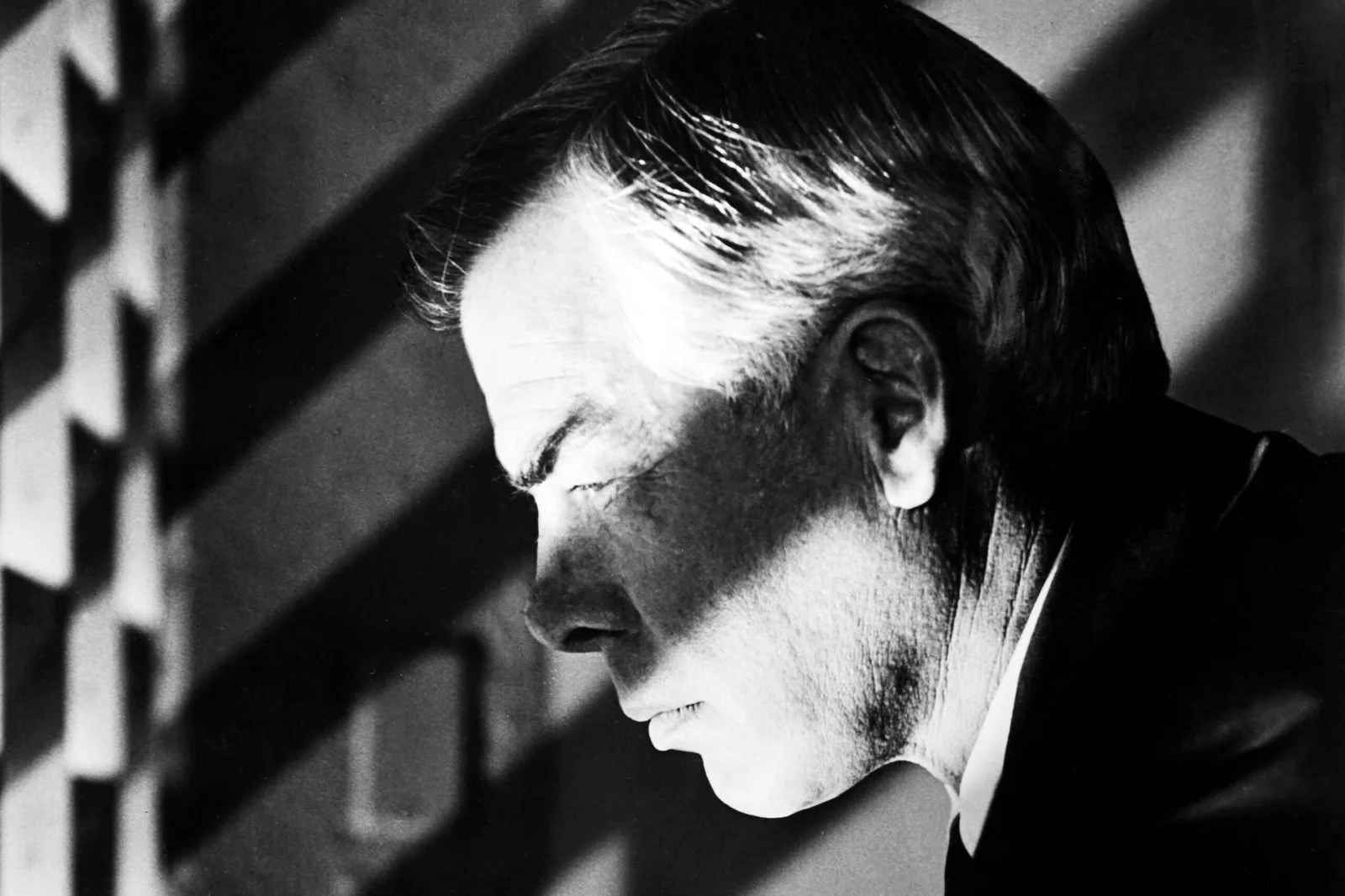
Lee Marvin built a career playing cold, calculating villains with such conviction that his mere presence could change the atmosphere of a room. His naturally gruff voice, steely gray hair, and thousand-yard stare from his World War II service gave him an authenticity that other actors couldn’t match. Whether playing Liberty Valance or countless other bad guys, Marvin brought a sense of real danger to every performance.
The actor’s reputation for toughness was so well-established that even fellow actors treated him with a certain wariness on set. His off-screen personality was reportedly much gentler than his screen persona, but the public found it difficult to separate the two. People who encountered Marvin in restaurants or at public events often described feeling genuinely intimidated, as if they were meeting one of his villainous characters rather than the actor himself.
7. Louise Fletcher in “One Flew Over the Cuckoo’s Nest”
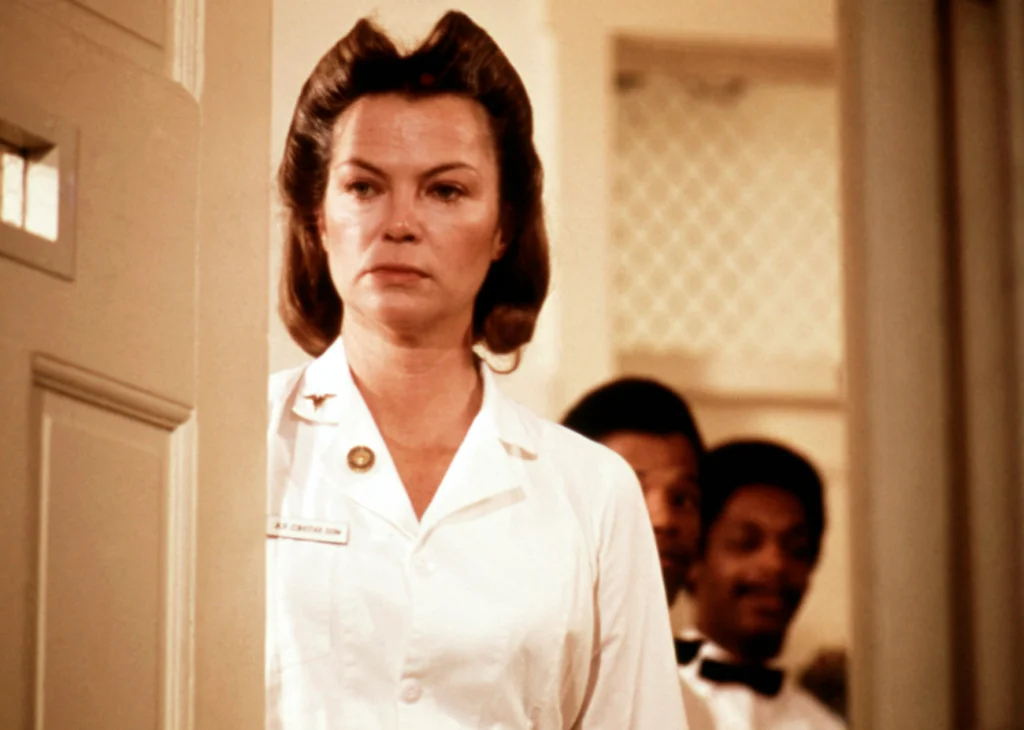
Louise Fletcher’s portrayal of Nurse Ratched was so perfectly controlled and subtly menacing that it redefined how people viewed authority figures in healthcare settings. Her calm, measured delivery of cruel decisions made her character more frightening than any screaming villain could be. Fletcher’s ability to convey absolute control while maintaining a facade of caring professionalism created a truly unsettling antagonist.
After winning an Oscar for the role, Fletcher found that people in real life often seemed nervous around her, particularly in medical settings where her presence reminded them of Nurse Ratched. Hospital staff would sometimes joke uncomfortably about her previous role when she visited for routine appointments. The actress noted that people seemed to expect her to display the same cold authoritarianism in person, making normal social interactions surprisingly difficult.
8. James Caan in “Misery”

James Caan’s descent into obsessive madness as Paul Sheldon’s captor in “Misery” was so convincing that it shocked audiences who knew him primarily for more sympathetic roles. His portrayal of an ordinary person driven to extreme measures by obsession felt uncomfortably realistic. Caan’s ability to make the character’s twisted logic seem almost reasonable made the performance particularly disturbing.
The role was such a departure from Caan’s earlier work that it genuinely surprised people who thought they knew what to expect from him as an actor. Fans who approached him after “Misery” sometimes seemed uncertain whether they were meeting the charming actor or someone capable of the film’s more disturbing moments. Caan himself noted that the intensity required for the role stayed with him longer than he expected.
9. Kathy Bates in “Misery”
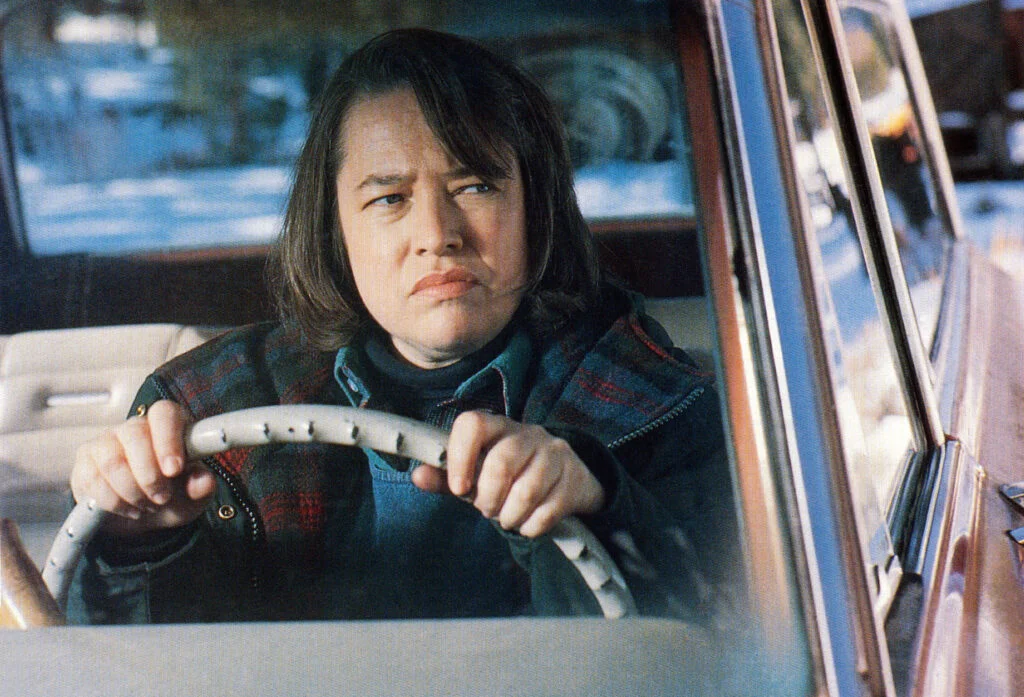
Kathy Bates transformed herself so completely into Annie Wilkes that audiences forgot they were watching the warm, maternal figure they’d seen in other roles. Her portrayal of obsessive fandom gone wrong was so authentic that it made people reconsider every overly enthusiastic fan they’d encountered. Bates brought a childlike quality to Annie that made her unpredictability even more terrifying.
After her Oscar-winning performance, Bates found that people often seemed nervous around her at fan events and signings, as if wondering whether she might suddenly display Annie’s possessive tendencies. The role was so memorable that it overshadowed much of her other work for years. Bates later commented that she had to work consciously to remind people that she was capable of playing other types of characters.
10. Charles Bronson in “Death Wish”
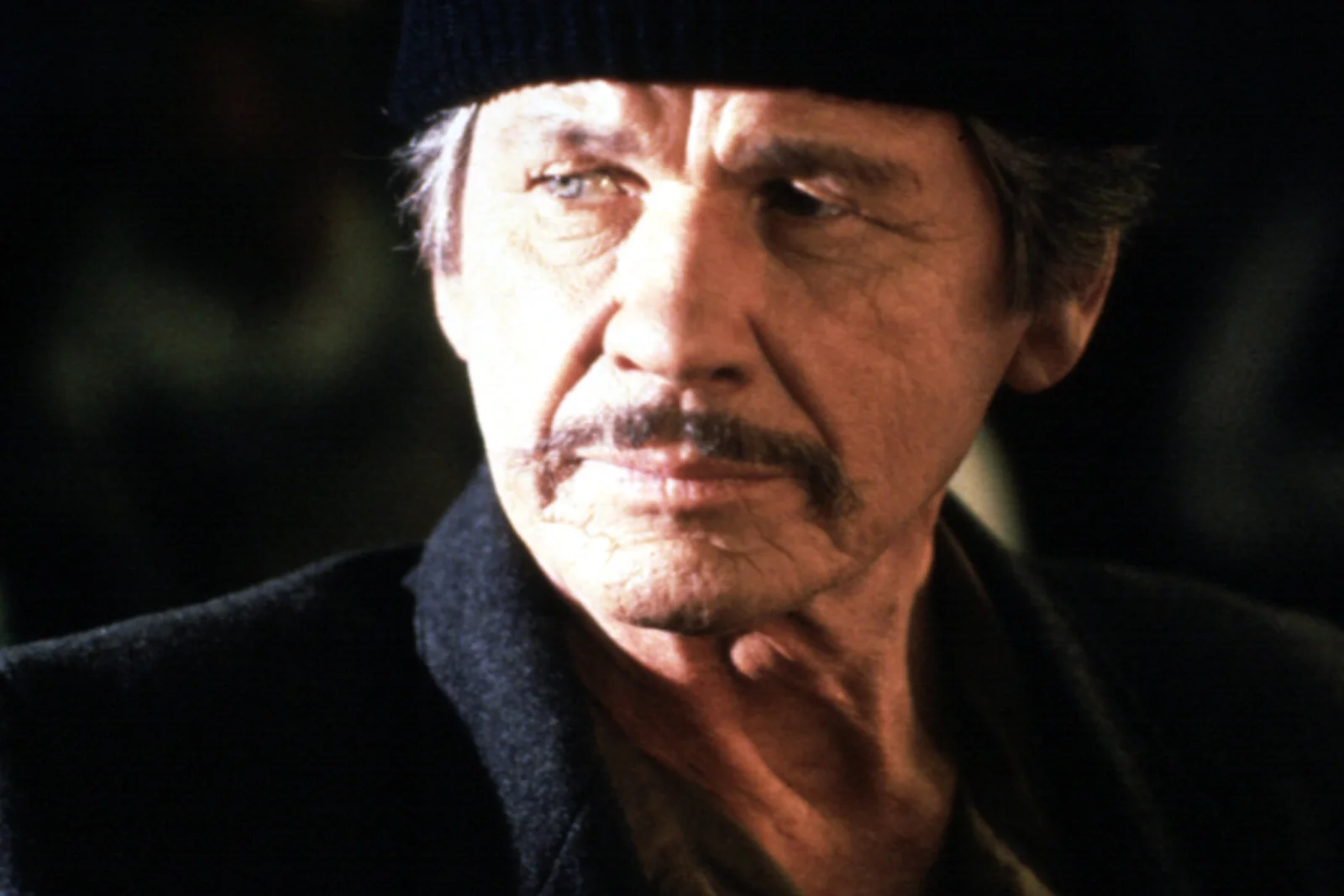
Charles Bronson’s portrayal of Paul Kersey, the mild-mannered architect turned vigilante, was so convincing that it blurred the lines between justice and revenge in ways that made audiences genuinely uncomfortable. His stone-faced delivery and methodical approach to violence felt disturbingly authentic, as if Bronson had tapped into something real and dangerous within himself. The actor’s naturally intimidating presence and weathered features made his transformation into a cold-blooded vigilante seem entirely believable.
After “Death Wish” became a cultural phenomenon, people began viewing Bronson as someone who might actually take the law into his own hands if provoked. His reputation as Hollywood’s toughest guy was reinforced by his quiet intensity and the fact that he rarely smiled in public appearances. Even fellow actors admitted they felt a certain wariness around Bronson, wondering if his calm exterior might be hiding the same capacity for violence that made Paul Kersey so terrifying.
11. Margaret Hamilton as the Wicked Witch of the West
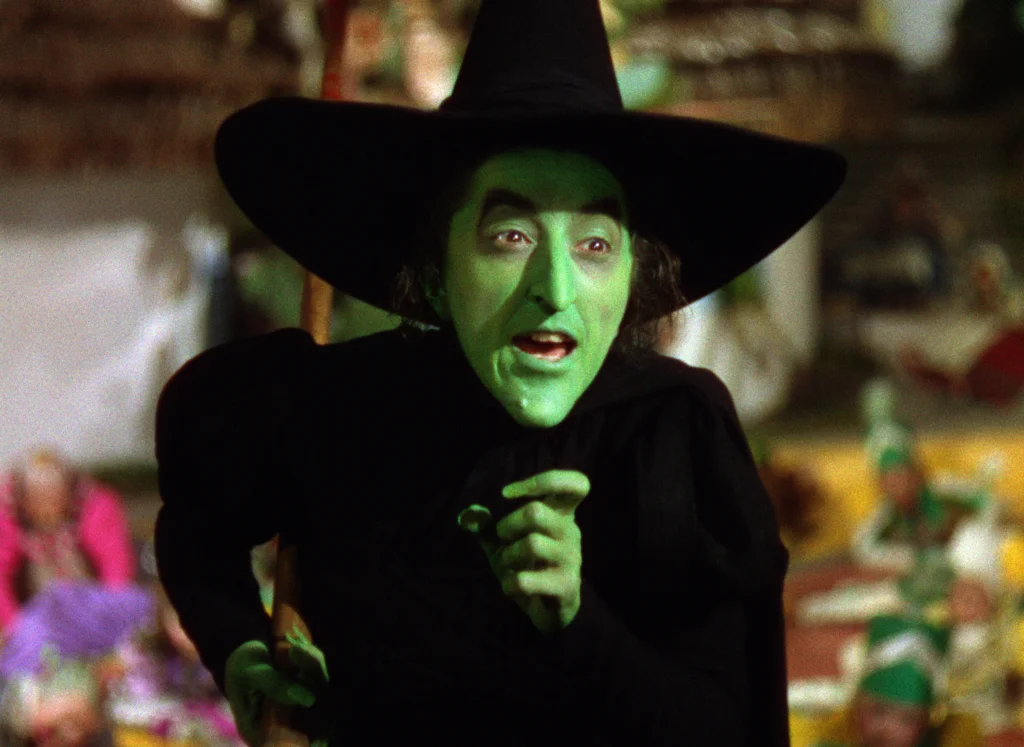
Margaret Hamilton’s cackling Wicked Witch in “The Wizard of Oz” was so effective that it traumatized generations of children and made the actress a figure of genuine fear. Her green makeup, pointed hat, and memorable delivery of “I’ll get you, my pretty!” created one of cinema’s most enduring villains. Hamilton’s commitment to the role was so complete that she seemed to embody pure evil in a way that felt authentically supernatural.
The role followed Hamilton throughout her life, with children often screaming or hiding when they encountered her in public, even decades after the film’s release. She became a frequent guest on children’s television shows partly to help youngsters see that she was actually a kind person in real life. Despite her gentle nature, Hamilton found that many adults also seemed nervous around her, unable to completely separate her from the terrifying character she’d played so memorably.
12. Robert Mitchum in “The Night of the Hunter”

Robert Mitchum’s portrayal of the false preacher Harry Powell in 1955’s “The Night of the Hunter” was so genuinely menacing that it influenced how people viewed him for decades. With “LOVE” and “HATE” tattooed on his knuckles and that slow, predatory drawl, Mitchum created a character that felt disturbingly real. His ability to switch between fake piety and cold-blooded menace made audiences question every charming stranger they encountered.
The performance was so convincing that many people, particularly those in religious communities, viewed Mitchum with deep suspicion long after the film’s release. His naturally deep voice and imposing physical presence only reinforced the image of someone who might harbor dark secrets. Even co-workers in Hollywood admitted that Mitchum’s quiet intensity could make them uncomfortable during casual conversations.
These remarkable performers remind us of a time when movie villains could genuinely haunt our imaginations and follow us home from the theater. Their commitment to their craft was so complete that they sacrificed a bit of their own comfort for the sake of unforgettable performances. While we can appreciate their artistry now, it’s worth remembering that behind every great screen villain was simply a talented actor doing their job – perhaps a little too well for their own good.

